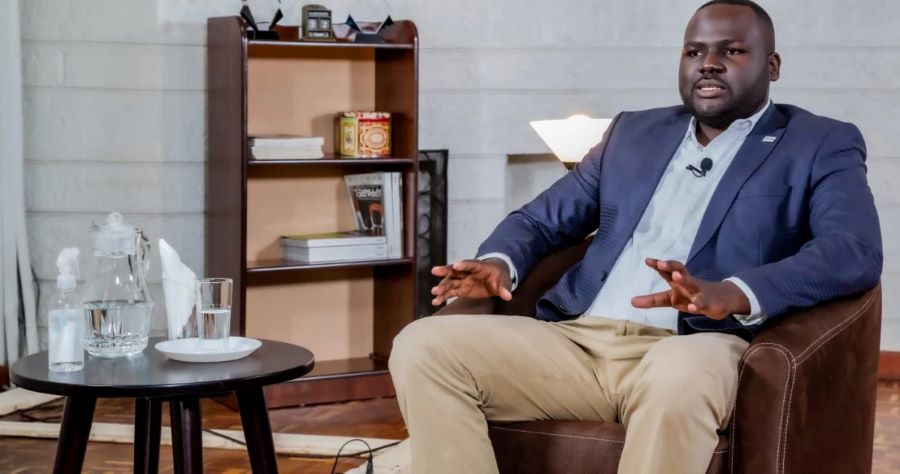(3 Minutes Read)
1.5 million students to receive Safaricom-assembled learning tablets in a deal that aims to scale up digital learning across Kenya. This follows a partnership between Safaricom and Longhorn Publishers Plc that will see the learners access educational content through LoHo Learning, a digital platform created by Longhorn Publishers’ subsidiary.
Under the agreement, Safaricom will assemble the tablets, provide data connectivity, and offer insurance in case of loss. A tablet and the digital learning package will cost Sh13,000, which is payable in monthly installments for a year.
The LoHo platform is accessible through both standard Web browsers and Safaricom-assembled tablets. The LoHo Learning tablets have internet connectivity that blocks access to non-educational content, ensuring children’s safety. This platform offers a comprehensive suite of features tailored for learners, teachers, and partners, providing access to diverse educational content from multiple publishers and content developers, stated James Ong’ang’a, the CEO of LoHo Learning.
Content creators who develop educational content will sign revenue-sharing to monetise their content, ensuring a sustainable ecosystem for educational content development and distribution.
Read Also:
https://trendsnafrica.com/safaricom-kenyas-half-yearly-profit-rose-by-11/
https://trendsnafrica.com/safaricom-to-introduce-zero-interest-rate-credit-service-in-kenya/
The initiative comes after the telco announced plans to expand production beyond the assembly of smartphones. Safaricom’s phone assembly plant, East Africa Device Assembly Kenya Limited, began operations in October last year and is operated as a joint venture between Safaricom, TeleOne, and Jamii Telkom. Safaricom CEO Peter Ndegwa said the phone plant can produce about three million devices a year at up to 30 percent less than imported devices.





